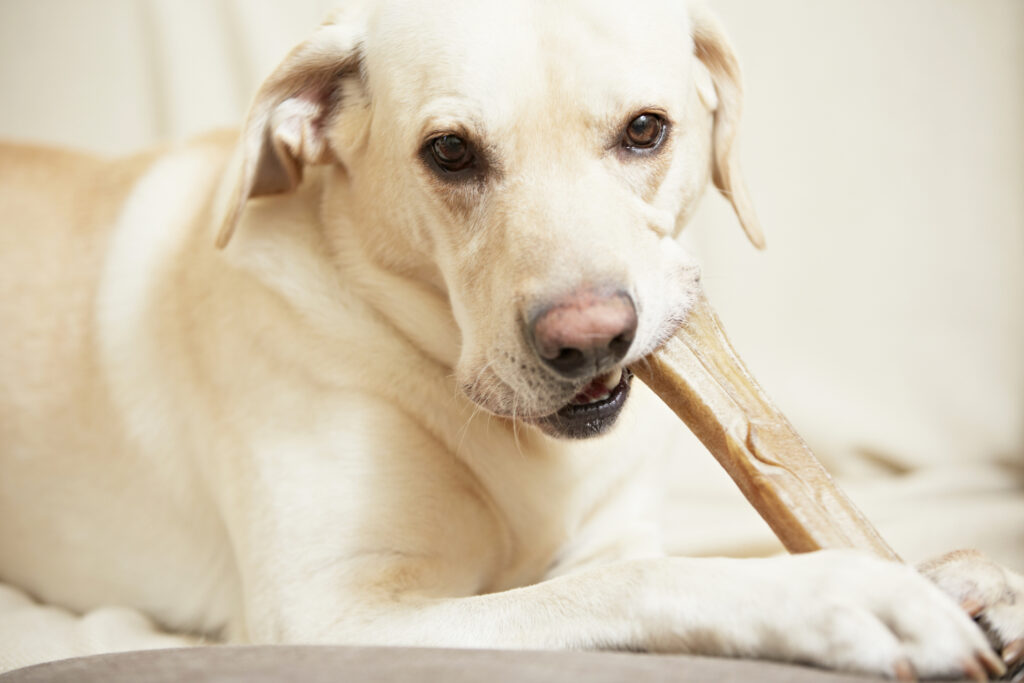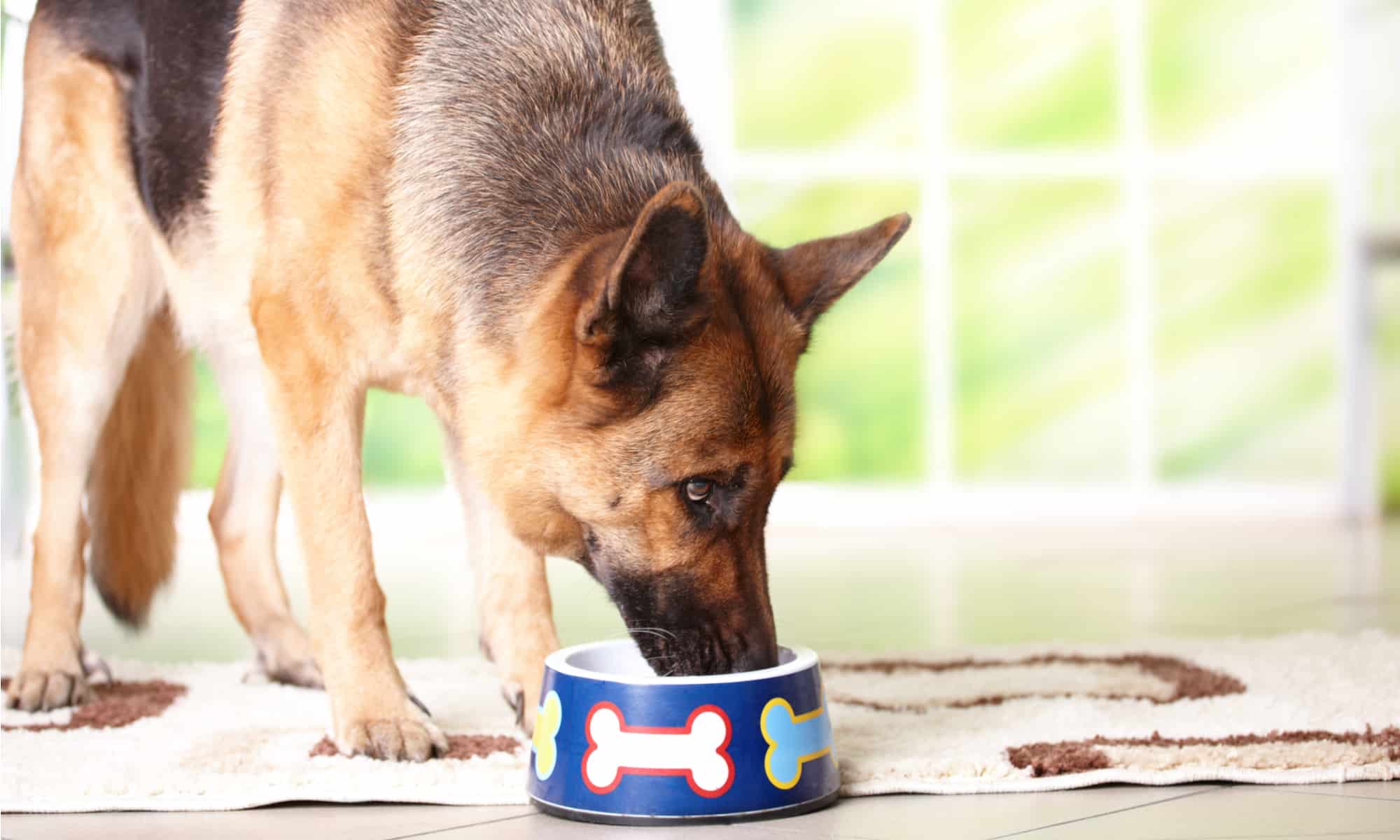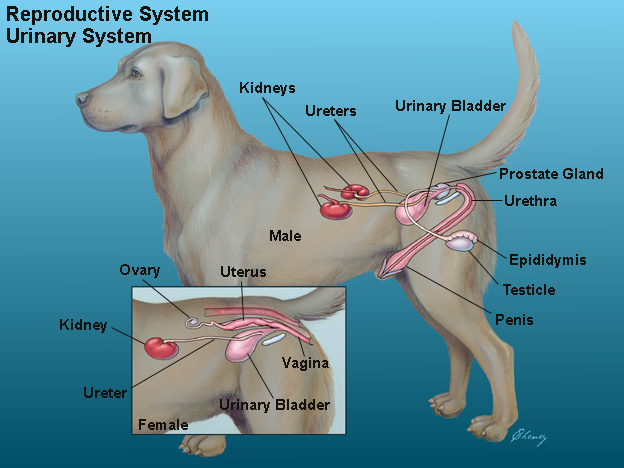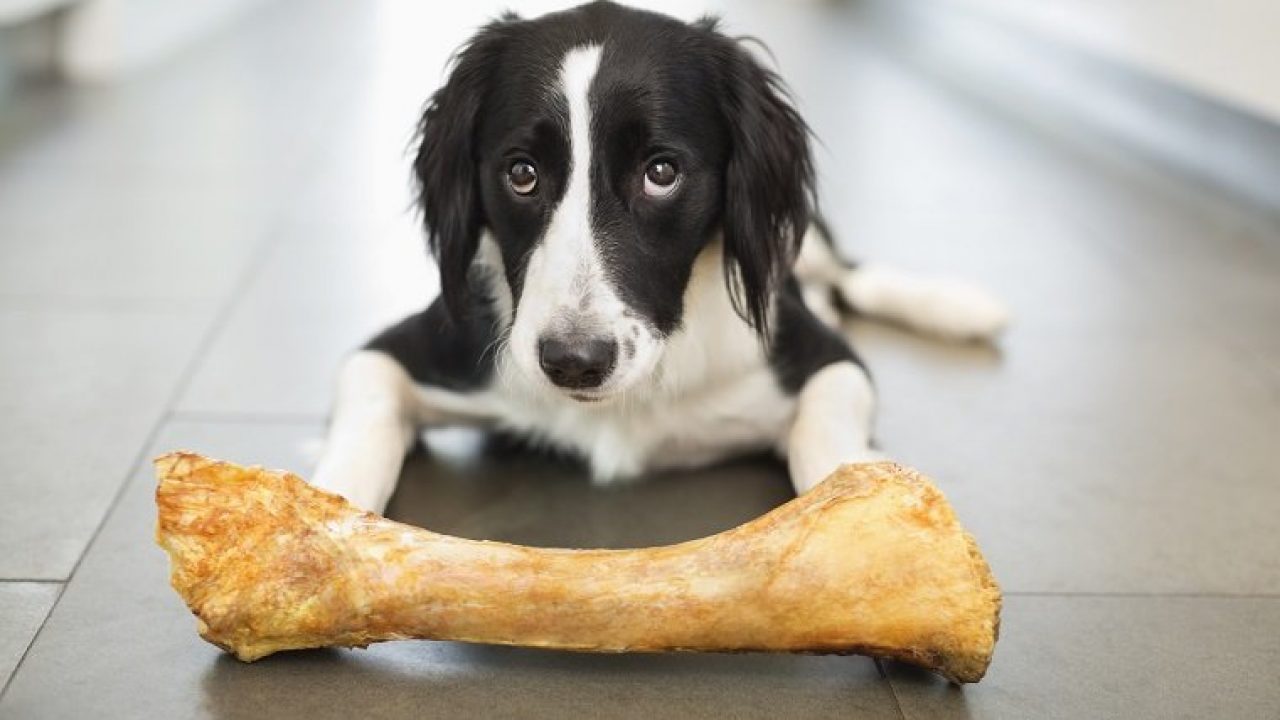The Best Raw Meaty Bones for Dogs: Dental Health and Safety
Best Raw Meaty Bones for Dogs we want to ensure our furry friends are healthy and happy. One way to support their dental health is by incorporating raw meaty bones into their diet. While there are benefits to providing dogs with bones to chew on, it’s important to understand the risks and take necessary safety measures. In this blog post, we’ll explore the best raw meaty bones for dogs, focusing on dental health and safety.
Dental Health Benefits
Regular chewing and gnawing on bones can have significant dental health benefits for dogs. The abrasive action helps to remove plaque and tartar buildup, reducing the risk of dental diseases. Additionally, the act of chewing on bones promotes healthy gums, stimulating blood flow and strengthening the jaw.
Risks and Safety Measures
While raw meaty bones offer dental benefits, it’s crucial to be aware of potential risks. Dogs can be at risk of choking or experiencing intestinal blockage if they swallow bones that are too large or splinter easily. To ensure safety, choose bones that are appropriately sized for your dog’s breed and supervise their chewing. For dogs prone to choking or with specific dental issues, alternative options such as dental chews or soft toys can provide a safer chewing experience.
Best Raw Meaty Bones for Dogs
Raw meaty bones are not only beneficial for dental health but also provide essential nutrients for dogs. They are rich in protein, which is necessary for muscle development and overall health. However, it’s important to remember that bones should not be the sole source of nutrition for dogs. A balanced diet, including a variety of foods, is essential to meet their nutritional needs. Be mindful of any dietary restrictions or health conditions your dog may have and consult with a veterinarian if needed.

Safe Bone Handling and Storage
To ensure the safety of raw meaty bones, proper handling and storage practices are crucial. Store bones in a clean and secure location to prevent bacterial contamination. When handling bones, follow good hygiene practices to minimize the risk of spreading bacteria. If you choose to feed your dog a raw diet, it’s important to take additional safety precautions to minimize the risk of foodborne illnesses. Finally, when disposing of bones, do so in a safe manner that prevents access by other animals.
Conclusion
Dental health plays a vital role in the overall well-being of our canine companions. Adding raw meaty bones to their diet can provide dental benefits while also offering nutritional value. However, it’s important to prioritize safety by selecting appropriate bone sizes, supervising chewing sessions, and considering alternative options for dogs with specific needs. By incorporating raw meaty bones into a balanced and varied diet, you can contribute to your dog’s dental health and overall happiness.
Raw Meaty Bones for Dogs: Frequently Asked Questions (FAQ)
- What are Raw Meaty Bones (RMBs)? Raw Meaty Bones are uncooked bones that contain meat and connective tissue. They are often included in a raw or BARF (Biologically Appropriate Raw Food) diet for dogs.
- Are Raw Meaty Bones Safe for Dogs? When fed safely and appropriately, raw meaty bones can be a healthy and natural addition to a dog’s diet. However, it’s crucial to follow proper guidelines to avoid potential risks, such as choking, gastrointestinal blockages, or bacterial contamination.
- Which Bones are Safe for Dogs? Some safe options include raw chicken necks, wings, and backs, as well as raw beef bones. Avoid weight-bearing bones, as they can be too hard and may cause dental fractures. Always choose bones that match your dog’s size.
- How Much Raw Meaty Bones Should I Feed My Dog? The amount depends on your dog’s size, breed, and individual needs. Generally, RMBs can make up 10-15% of a dog’s overall diet. Monitor your dog’s weight and adjust portions accordingly.
- Should I Feed Cooked Bones? No, it is not recommended to feed cooked bones, as they can splinter and cause digestive issues or injuries. Stick to raw bones for safety.
- Can Raw Bones Replace Commercial Dog Food? While raw meaty bones can be a nutritious addition, they should not replace a balanced commercial dog food diet. Consult with your vet to ensure your dog’s nutritional needs are met.
- What Are the Benefits of Raw Meaty Bones? RMBs can promote dental health, provide mental stimulation, and offer a natural source of nutrients like calcium and phosphorus. Chewing on bones can also help reduce plaque and tartar buildup.
- Any Risks Associated with Raw Meaty Bones? Potential risks include choking, gastrointestinal obstruction, and bacterial contamination. Always supervise your dog while eating bones, and avoid giving them to dogs with a history of digestive issues.
- How to Introduce Raw Meaty Bones to a Dog’s Diet? Gradually introduce small pieces, monitor your dog’s reactions, and ensure they chew thoroughly. If your dog has any health concerns, consult with your vet before introducing RMBs.









